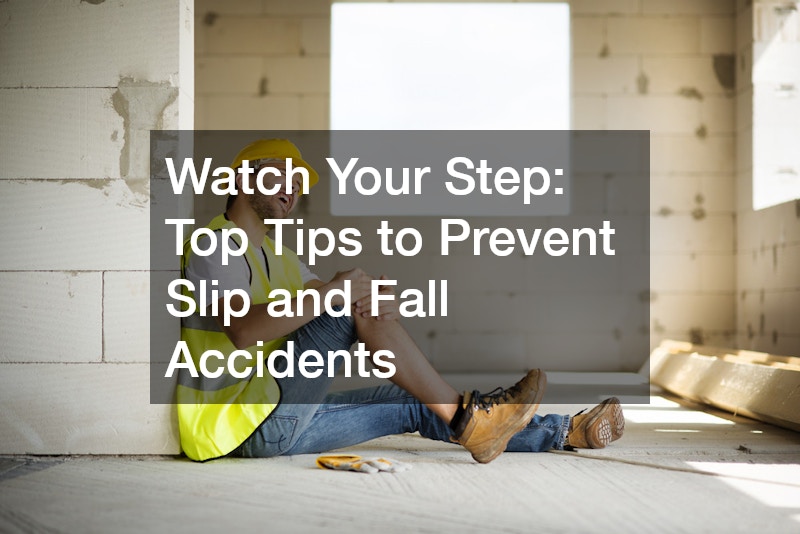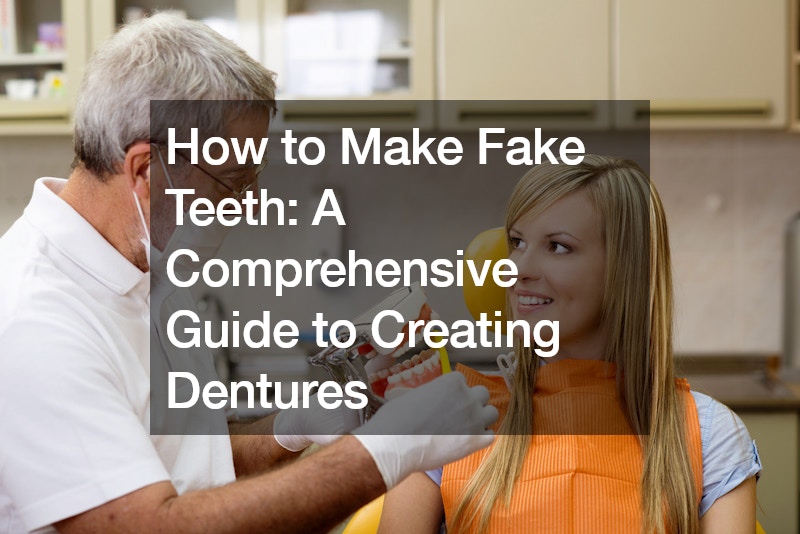
Slips and falls are among the most common types of accidents, especially in the workplace and on various walking surfaces. They can lead to serious injuries, and while the fall itself is often harmless, the sudden impact on the ground can cause significant harm. Understanding how to prevent these accidents is essential for maintaining safety in both indoor and outdoor environments. Here’s a comprehensive guide to help you avoid slip and fall mishaps.
Understand Common Slip and Fall Hazards
One of the primary causes of slip and fall accidents is a lack of traction between your footwear and the walking surface. Various factors can contribute to slippery conditions:
Weather Conditions:
Morning dew, rain, and ice can create slick surfaces. Ice, in particular, poses a severe risk, as it can be almost invisible but incredibly slippery.
Water vapor on blacktop surfaces can also reduce friction, making it essential to be cautious in these conditions.
Indoor Hazards:
Inside buildings, hazards include polished floors, loose or irregular flooring, and debris. Grease spills or other liquid accidents can create slippery areas. Always be cautious around these surfaces and report any spills or irregularities immediately.
Outdoor Hazards:
Outside, slip and fall risks include gravel, dirt, uneven pavement, cracked concrete, and cluttered lots. Outside, slip and fall risks include gravel, dirt, uneven pavement, cracked concrete, and cluttered lots. These irregular surfaces can easily cause a loss of balance, especially if you are not paying close attention. Parking lots, in particular, are vulnerable to these hazards. Without proper traffic coating waterproofing, these surfaces can become slick and dangerous when exposed to water or ice.
Take Preventive Measures
Prevention is key to avoiding slip and fall accidents. Here are several proactive steps to keep yourself and others safe:
Use Proper Footwear:
Wear shoes with anti-skid soles to enhance traction on slippery surfaces. Footwear with good grip can significantly reduce the risk of slipping. In particularly hazardous conditions, consider using traction aids that can be attached to your shoes.
Be Mindful of Your Surroundings:
Always be aware of potential slip and fall hazards. If you are walking in an unfamiliar area or in poor lighting conditions, slow down and pay extra attention to where you are stepping. This extra vigilance gives you more reaction time to adjust to changes in traction.
Avoid Heavy Loads:
Carrying heavy items can affect your balance and make you more prone to slipping. If you need to navigate potentially slick surfaces, ensure your hands and arms are free to help you maintain stability.
Responding to Falls
Despite all precautions, falls can still happen. Knowing how to respond can help minimize injury:
Protect Vulnerable Areas:
If you do fall, try to protect your head, neck, and spine. When falling backward, tuck in your chin to avoid hitting your head with full force. This can help reduce the severity of head and neck injuries.
Stay Calm and Assess the Situation:
After a fall, take a moment to assess yourself for any injuries. If you feel pain or discomfort, seek medical attention promptly. It’s crucial to address injuries early to prevent further complications.
Communicate and Report Hazards
Keeping everyone informed about potential slip and fall hazards is essential for safety. Make it a habit to:
Report Hazards:
Notify your supervisor or facility management about any observed hazards, such as spills or uneven surfaces. Prompt reporting can lead to quicker remediation and reduce the risk for everyone.
Educate Others:
Share safety tips with coworkers and family members. The more aware everyone is of potential hazards and preventive measures, the safer the environment will be.
The Bottom Line
Slip and fall accidents can have serious consequences, but many of these incidents are preventable with the right precautions. By understanding common hazards, using appropriate footwear, being aware of your surroundings, and knowing how to respond in the event of a fall, you can significantly reduce your risk. Remember, maintaining a safe environment and staying vigilant are key to preventing accidents and ensuring the well-being of yourself and those around you.
.





